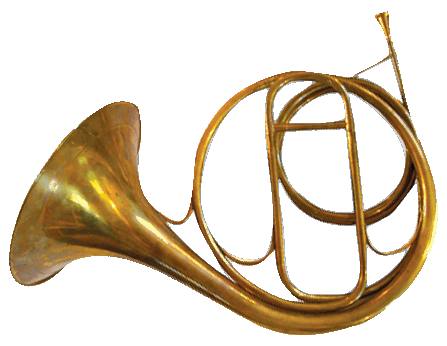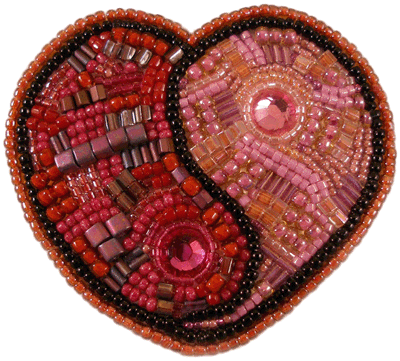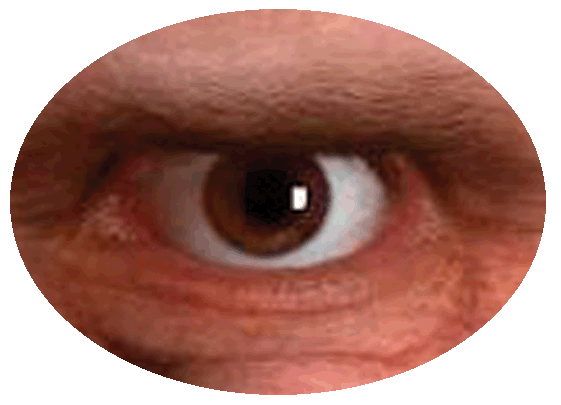|
Newsletter |
|||||||||||||||||
|
A special event occurred for Baroque music fans this year. Music for a Mixed Taste: Style, Genre and Meaning in Telemann’s Instrumental Works by Steven Zohn, Temple University music historian, Tempesta di Mare friend and flute performer, was published by Oxford University Press. The first major survey of Georg Philipp Telemann’s works in a generation and the first ever in English, Music for a Mixed Taste is an important step in Telemann’s reemergence as one of the major figures of eighteenth-century music. Zohn shared some thoughts recently by telephone on the occasion of Tempesta’s opening program, Orchestral Music from Hamburg, which features Telemann’s Concerto in F. “One of the charming things about the Concerto in F is how the wind section gets a real workout even though there’s a violin soloist,” Zohn says. “Winds pop in and out of the textures with little solos here and there. The way he handles winds is almost symphonic; here there may be an influence of the modern symphonic style.” “It’s kind of ironic, though,” he continues. “This was one of the first of Telemann’s concertos to be published in modern times. It’s a major work. It’s been available in an edition for almost 80 years, and was recognized early on as something special. Still, there aren’t many recordings of it.” Which is one of the blessings and curses of working on Telemann, whose works virtually disappeared for two centuries to reemerge only relatively recently as one of great rediscoveries of the Baroque music revival. “I was overwhelmed by the enormity of his output at times,” says Zohn about working on the book. “It was great as a music historian to look at a piece, a really major piece, and realize that nobody has said anything about it before. It’s daunting, but also a privilege. When you talk about a piece by Bach, for instance, you have to spend a lot of time thinking about what a lot of other people have said. Not a problem with Telemann. Working on him is a lot of fun.” Research by Zohn and others have illuminated one of the more perplexing issues of Telemann studies: the sudden and near-total eclipse of his reputation at the end of the eighteenth century. In his time, Telemann was perhaps Germany’s best-known composer, fought over by employers, idolized by musicians, praised, published and pirated throughout Europe. When he died at the happy old age of 86, he must have figured that his illustrious legacy was pretty much assured. Thirty years later, however, it was rubble. (INTERVIEW continues below) |
|||||||||||||||||
|
Program 
Dates, Times and Locations
go to Top of Page |
|||||||||||||||||
|
INTERVIEW (continued) The former master of Hamburg got written off as an also-ran, Zohn says, chiefly because of a single, bad review. “It’s really kind of a strange story,” he says. Only three years after Telemann’s death, a Hamburg literature professor and acquaintance named Ebeling wrote an article taking Telemann to task for writing so much. “You don’t get many masterpieces out of polygraphs,” he wrote (referring to overachievers, not lie detection machines). In the context of a generally positive appreciation, this wasn’t a terrible slam. But as every political speechwriter knows, negatives win elections. This one stuck to Telemann like glue for centuries, in a kind of whistle-down-the-wind of negativism. “Ebeling’s description gets taken up be Gerber, who includes it in his dictionary of musicians, which people consider to be authoritative. And because dictionary writers plagiarize more than anybody else, it gets picked up by a lot of other German and English-language dictionaries.” (INTERVIEW continues below) |
|||||||||||||||||
|
Table of contents
go to Top of Page |
|||||||||||||||||
|
INTERVIEW (continued) Telemann’s distinguished body of work had been reduced to a nasty cliché. “By 1890 and the first edition of the extremely influential Grove Dictionary of Music and Musicians, you already have a century-long tradition of this kind of hackwork. The original Grove article, by Alfred Maczewski, is the most venomous of all, and long-lived. I traced it through all the subsequent issues and found that in 1954, Grove was still using the old nineteenth-century article with very few changes. It wasn’t until 1980 that Grove replaced it with a completely new article presenting a very different picture of the composer.” Zohn dismisses Ebeling’s problems with Telemann. “The true wonder is not that Telemann composed more than Bach and Handel put together, but that he composed so much good—even great—music,” he writes in Music for A Mixed Taste. As examples, Zohn considers Telemann’s unaccompanied flute fantasias, along with JS Bach’s and CPE Bach’s unaccompanied sonatas in A minor, to be the most significant works for unaccompanied flute before the twentieth century; he notes “magical” effects in the great chaconne in the Quartet No. 6 in E Minor (Paris Quartets, 1738, to which audience members who heard Tempesta di Mare’s performance in the December 2006 Les Conversations Galantes program will happily attest); and about the Concerto in F, to be played next week, he writes that it is “next to the First Brandenburg Concerto the most impressive example of the concerto en suite.” Tasty in any mix.
|
|||||||||||||||||
|
|||||||||||||||||
|
This season we’re adding a new, reader-driven section to the newsletter: Ask the Musicians. Each issue, we’ll choose a question or two from newsletter readers and answer them. Just send us an email with “Ask the Musicians” in the subject header. We’re looking forward to finding out what it is you want to know and delivering the answers! |
|||||||||||||||||
|
Click on the program icons above to visit our Series page |
|||||||||||||||||
Tempesta di Mare • 1034 Carpenter St • Philadelphia PA 19147 • 215-755-8776 • www.tempestadimare.org
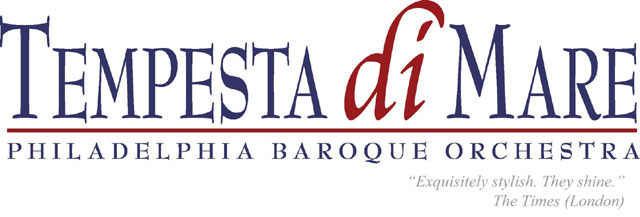
 INTERVIEW
INTERVIEW
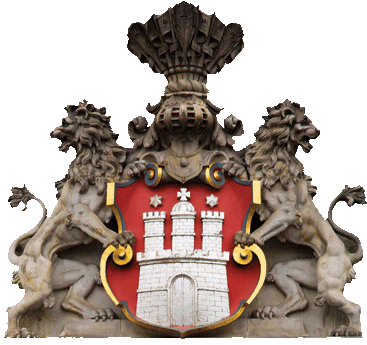

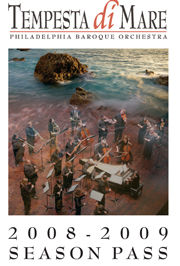
 NEW COLUMN
NEW COLUMN
